McLaren, Chevrolet, and Alloy Big-Blocks
The summit of Corvette power – the “ZL1” that never appeared in sales brochures – was conceived as a crated V8 engine block for Can-Am racing. This aluminum Can-Am big-block was available through Vince Piggins and “Chevrolet Product Promotion Engineering” from the late sixties until the early seventies.[1] But in 1968, not just anyone could get ahold of an aluminum 427.
Continuing the ascent ignited by the 7.0 liter L88 racing big-block and its lightweight aluminum toppings, Can-Am drivers/team-owners Jim Hall [Chaparral] and Bruce McLaren pulled Chevrolet up the last traverse of power in 1967 and 1968.[2] Up through 1967 the lightweight [1400 lbs] Can-Am race cars had favored small-block power, but then talk of lighter weight aluminum big-blocks began to reverberate from Ford and Chevy.[3]
Although – at Chevrolet’s request – Team Chaparral had race tested the alloy big-blocks through about ten Can-Am engine failures in ’67, in ’68 McLaren further optimized the temperamental big-block to where the M8A’s Chevy mill became the envy of even Ferrari and their new 6.2 liter V12.[4]
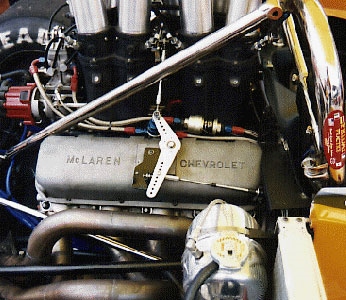
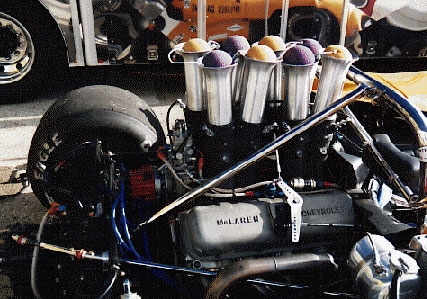
This McLaren M8D’s 465 cubic inch (7.6 liter) silicone-alloy Chevrolet V8 could muster 700 horsepower. Unlike its production derivative – the ZL1 – it was fuel injected. Pictures courtesy of http://mathewscollection.com .
A key foundation of the SCCA’s Can-Am series was the relative lack of proscribed vehicle specifications. This and the extremely large purses spurred the interest of some of the best drivers and engineers in the world. Indeed, Chevrolet R&D had skipped an astonishing dual small-block innovation in favor of the alloy 427 prototypes it supplied to Chaparral; these ‘short-blocks’ ultimately became “slightly available” to other teams and later to the general public for around $2000 each.[5] Effectively built, the alloy big-block offered a third more punch – 600 to 700 horsepower – with only a minor weight disadvantage over a single alloy Chevy small-block. In addition, by adjusting the stroke and bore, the engine grew to 465 cubic inches, and then onto 509 cubes once a silicone rich alloy allowed the removal of iron cylinder liners.[6]
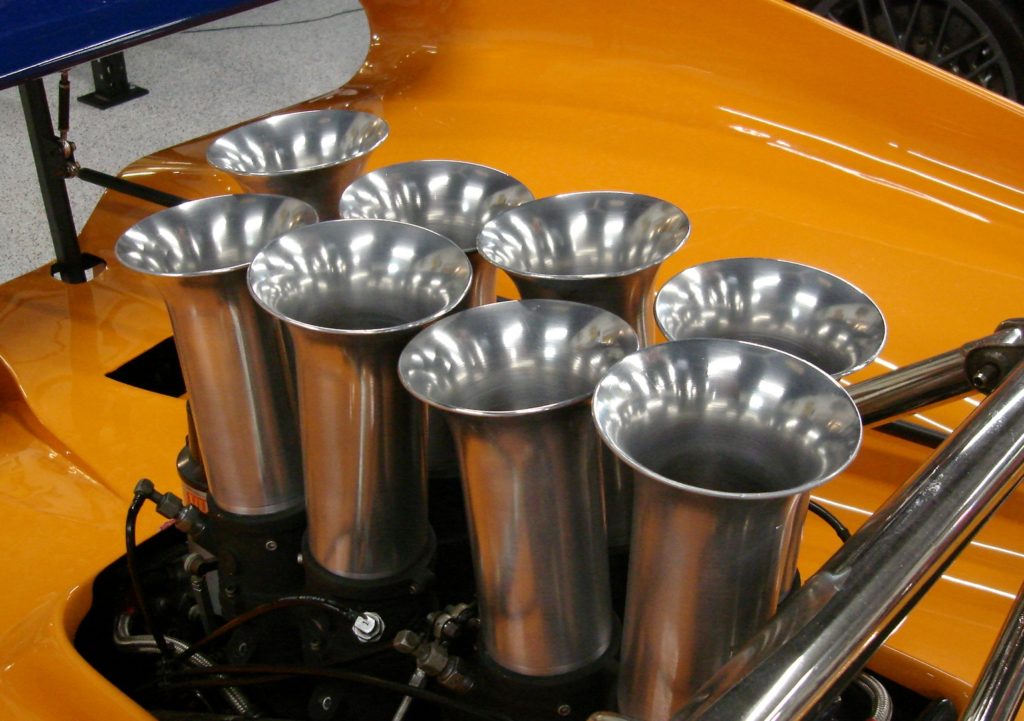
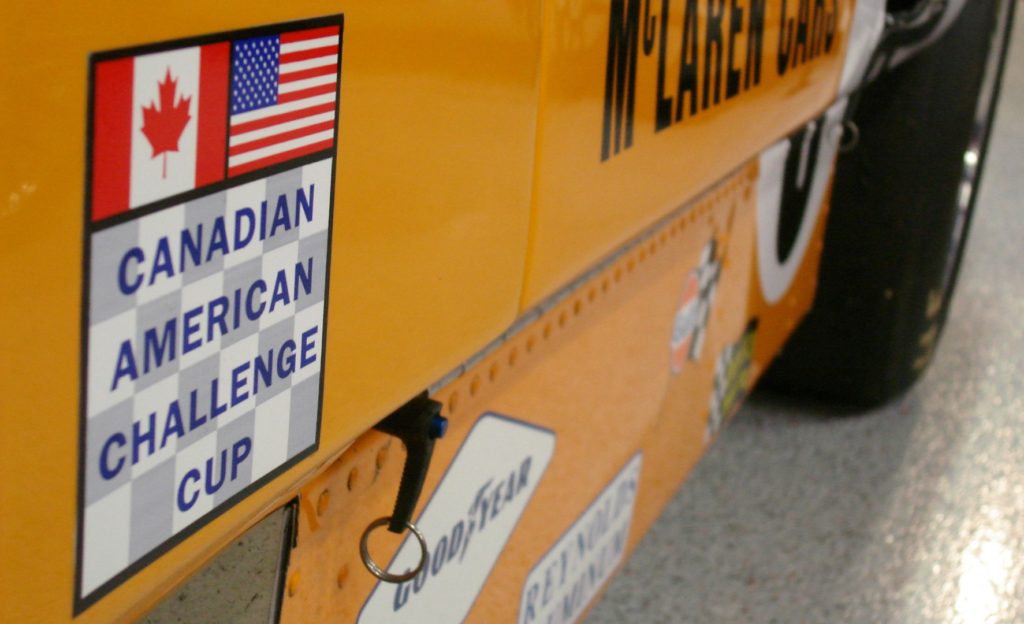
This 1970 McLaren M8D uses a Lucas metered fuel injection unit with staggered trumpets. McLaren was a dominant force in the SCCA’s “no rules” Can-Am series that ran from 1966 to 1974. Pictures courtesy of http://mathewscollection.com
Frequently fitted with Lucas metered fuel injection – that flowed through beautifully staggered trumpets, a cast magnesium manifold, and L88/L89 Corvette heads – the ultimate Chevrolet/McLaren Can-Am engine was reported to develop more than 700 horsepower.[7] Team McLaren’s domination of the race series persisted through Bruce McLaren’s deadly crash in 1970. It was not until Porsche turbocharged its flat-12 – unleashing 1000 horsepower or more – that that Team McLaren’s ‘Flower Power’ faded in 1972.
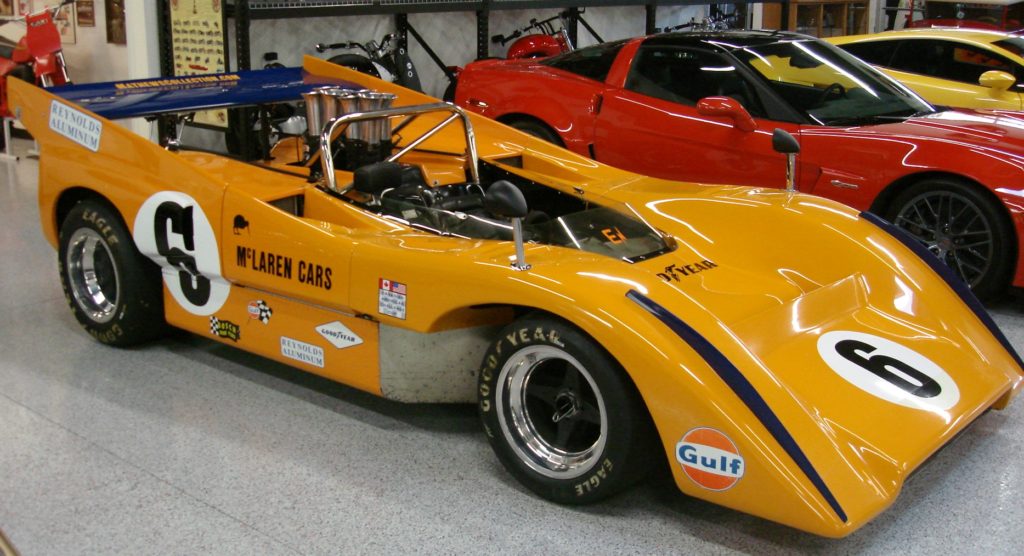

A Corvette C6 Z06 and a disco ball synergize with the 1970 McLaren M8D. Pictures courtesy of http://mathewscollection.com
The Ethereal Chevrolet ZL1 Engine
As the aluminum big-block became the engine of choice for Can-Am teams, Vince Piggins and Zora Duntov urged for a production version of the engine.[8] Commercially, the engine was optioned as the “ZL1” and it powered a small number of Corvettes and COPO Camaros for the 1969 model year only.

An original 1969 Chevrolet Corvette L88 with a 427 cubic inch V8 iron block V8 sits in front of a white 1969 Corvette ZL1 tribute racer – with a 427 cubic inch V8 aluminum block – at Corvette Mike in Anaheim, CA; no longer for sale.
Although the ZL1 block remained available after 1969, a small number of factory installations successfully homologated the Camaro for Super Stock NHRA drag racing in the 1969 model-year.[9] And perhaps more importantly – and ironically – these cars made the aluminum big-block more consistent with GMs policy of “not racing.” In theory, customers could elect to drive their ZL1s from the dealer to the race-track and commission further preparations with title in hand. This was America after all, and GM couldn’t dictate use to customers. As for the crated ZL1 blocks, GM could argue that it was only good business to provide aftermarket support to customers who requested it.
Complete ZL1 engines were trimmed with the cast iron L88’s aluminum fixings and Holley 4-bbl, plus additional head bolts, a hotter cam and an oil galley that supported a dry sump conversion.[10] McLaren’s Can-Am blocks differed slightly from the production ZL1 blocks, lacking the oil galley[11] and in some cases the iron cylinder liners. According to Keith Conet’s book “Corvette Special Editions,” Fran Preve found that 94 ZL1 engines were built for Corvette applications – only two leaving the factory as such – and 90 were built for Camaros.[12]
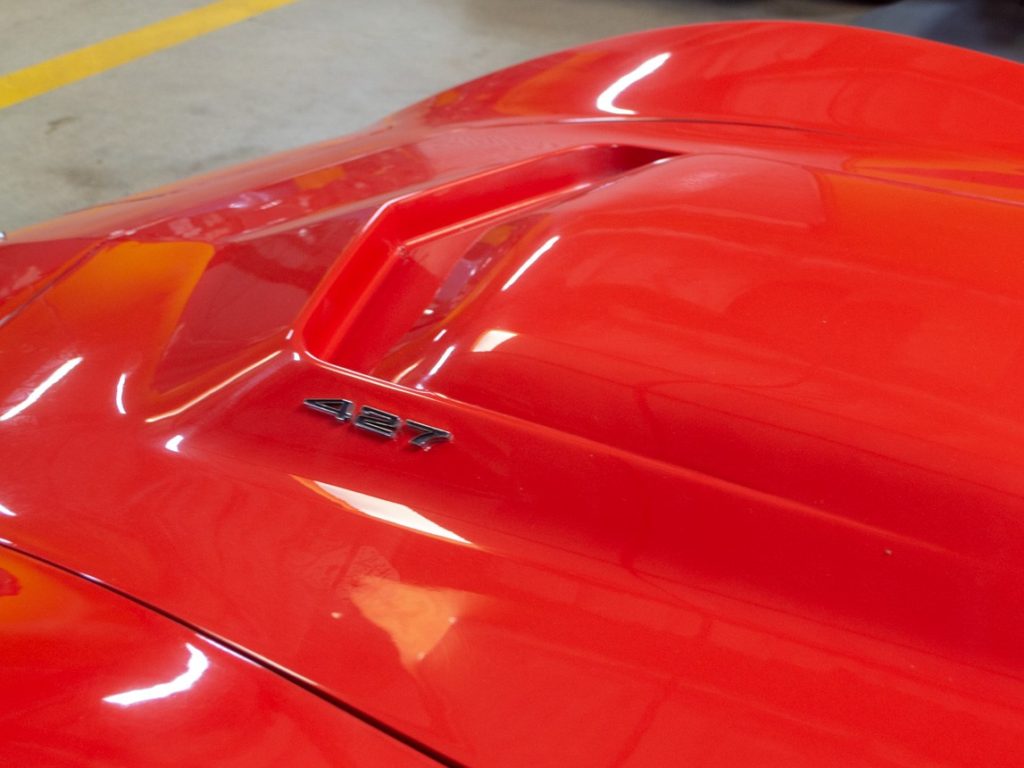
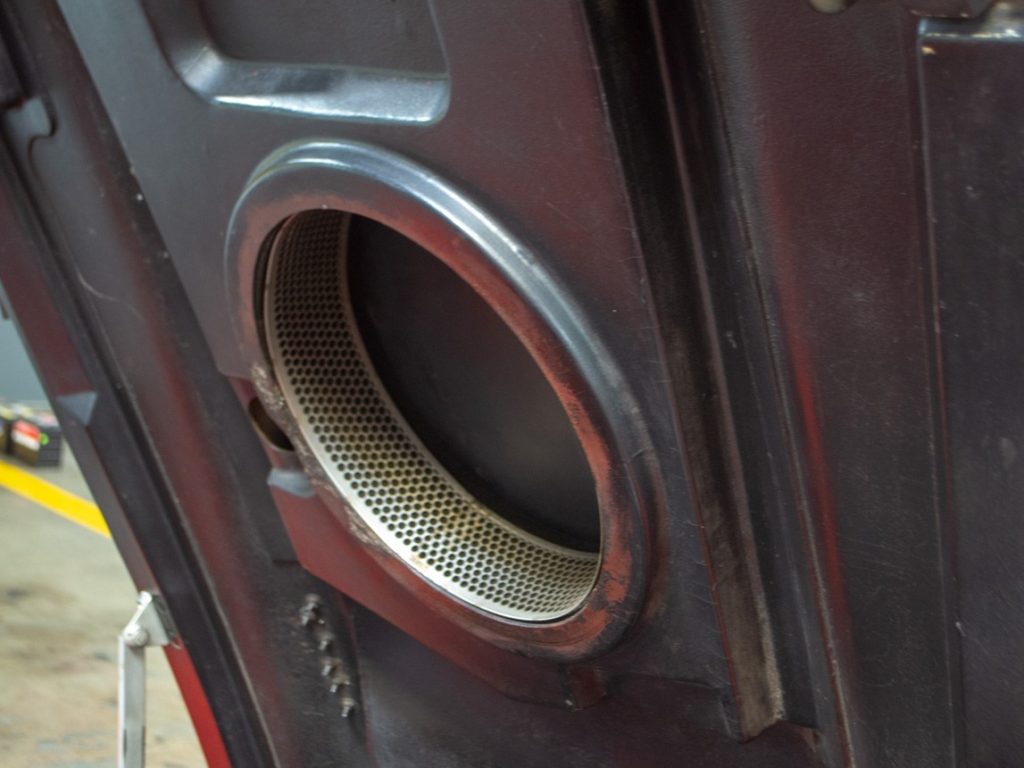
The 1969 Corvette ZL1 and L88 (and L88s in ’67 and ’68) had special hoods that integrated the air filter housing for the 850 cfm Holley 4-barrel carburetor. 1969 L88 in pictures courtesy of Corvette Mike in Anaheim, CA; no longer for sale.
It’s no wonder Chevrolet’s aluminum big-block was a racing success, the engine weighed 20-25 lbs. less than an iron small block,[13] and with routine “day 2” modifications engineers claimed a factory ZL1 could generate 600 gross horsepower.[14] Indeed, David Kimble explained in his wonderful book Corvette Racing that the ZL1 Corvette’s big-block aluminum heads – with new round exhaust ports – were unevenly fit with rectangular exhaust manifolds at the factory and still generated 525 gross horsepower. He then reported that simply replacing the exhaust manifold with tubular aftermarket headers [and we presume eliminating the mufflers] released an estimated 100 additional gross horsepower.[15] Seeing as how the ZL1 was an “Off-Road Application” engine, back in the day most ZL1 vehicles likely received these modifications.
Reducing 600 gross horsepower by 24% converts to about 460 net horsepower, which might be accurate to +/-10%. As a result, in 1969 it seems that only the Saturn V’s 7.6 million pounds of thrust would make the ZL1’s 415 – 505 Net HP appear modest.[16] But more importantly, the unique ZL1 Stingray weighed in at 2810 pounds.[17] This likely would have given the Vette a power to weight ratio comparable to a 2016 Hellcat.[18] And although the Hellcat has more torque, the big-block ZL1 could rev beyond 6500 RPMs.
We’ve hit an apex of the Corvette’s power roller coaster; our next post will slowly accelerate into the decent. Please prepare yourself.
[1] https://www.motortrend.com/news/c12-0509-bill-tower/ accessed 7/24/2019
[2] Pete Lyons 12-28-2008 https://autoweek.com/article/car-news/where-are-they-now-snapshot-speed-lives-fates-40-years-after-riversides-1968-can-am
accessed 1-30-2018
[3] David Kimble’s article, Unlimited Rat Motor Racing 2-22-16 https://www.hotrod.com/articles/unlimited-rat-motor-racing/ accessed 1/30/2019
[4] Can-Am 50th Anniversary, Flat Out with North America’s Greatest Race Series, George Levy & Peter Biro, Quarto Publishing 2016, pages 62, 80, 101
[5] Dual small block refers to two alloy 327s “ . . . ‘slightly available’ through the proper channels for the proper price” Chevrolet = Racing?, Paul Van Valkenburgh, Walter R. Haessner & Associates, Inc. 1972, pages 249, 253, 254
[6] David Kimble’s article, Unlimited Rat Motor Racing 2-22-16 https://www.hotrod.com/articles/unlimited-rat-motor-racing/ accessed 7/24/2019
[7] http://www.britishracecar.com/ScottHughes-McLaren-M8F.htm accessed 7/24/2019
[8] David Kimble’s article, Unlimited Rat Motor Racing 2-22-16 https://www.hotrod.com/articles/unlimited-rat-motor-racing/ accessed 7/24/2019
[9] Kurt Ernst 4/25/2015 https://www.hemmings.com/blog/2015/04/09/one-of-50-cars-ordered-by-fred-gibb-numbers-matching-1969-camaro-zl1-to-cross-the-block/ accessed 7/25/2019
[10] Eric Labore 6/22/2016 https://www.enginelabs.com/engine-tech/engine/the-427ci-big-block-comparing-l88-zl1-zz427-engines/ accessed 7/25/2019
[11] David Kimble’s article, Unlimited Rat Motor Racing 2-22-16 https://www.hotrod.com/articles/unlimited-rat-motor-racing/ accessed 7/24/2019
[12] Car production figures imply that the majority of these engines were produced as crate engines. CarTech, 2018, page 143.
[13] Frank Markus 6/30/2018 and Eric Dahlquist 9/1968 https://www.motortrend.com/news/feature-flashback-og-supervette-when-c3-chevrolet-corvette-zl-1/ accessed 7/25/2019
[14] The Complete Book of Corvette, Mike Mueller, Motorbooks 2006, page 150 –and- https://www.chevyhardcore.com/tech-stories/engine/the-427ci-big-block-comparing-l88-zl1-zz427-engines/ accessed 7/25/2019
[15] Corvette Racing, by David Kimble, Motorbooks 2012, page 109
[16] https://www.nasa.gov/audience/forstudents/5-8/features/nasa-knows/what-was-the-saturn-v-58.html accessed 7/25/2019
[17] Frank Markus 6/30/2018 and Eric Dahlquist 9/1968 https://www.motortrend.com/news/feature-flashback-og-supervette-when-c3-chevrolet-corvette-zl-1/ accessed 7/25/2019
[18] 2016 Dodge Challenger SRT Hellcat 4493 lbs and 707 net horsepower at 6000 RPM redline, article by Greg Fink https://www.caranddriver.com/reviews/2016-dodge-challenger-srt-hellcat-automatic-test-review referenced 1/15/2019 accessed 1/30/2019

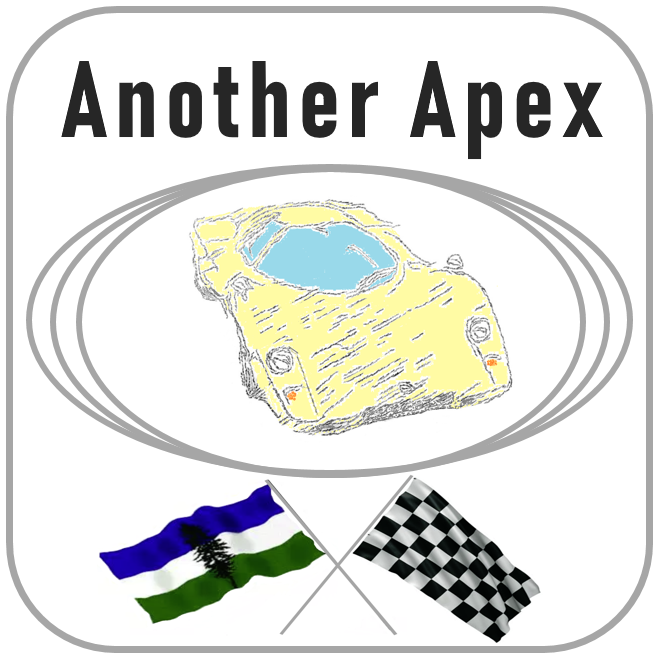
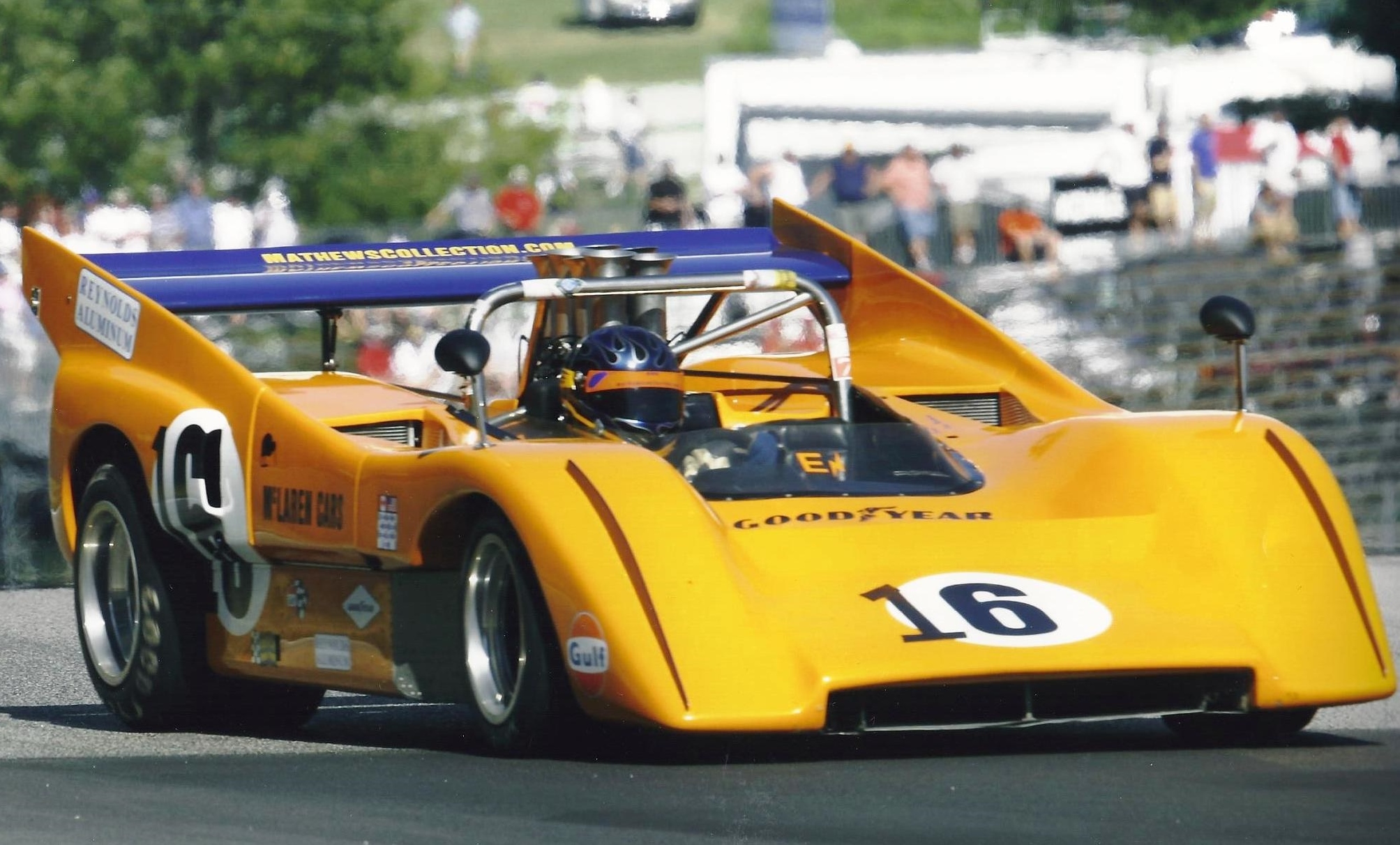

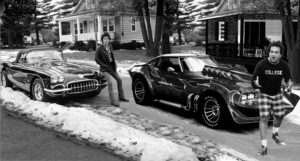
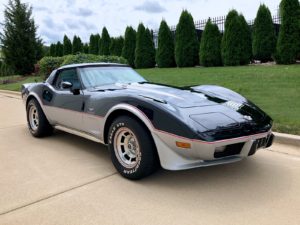
For drag racing they say the ZL1 could never quite match the 426 Hemi engine.